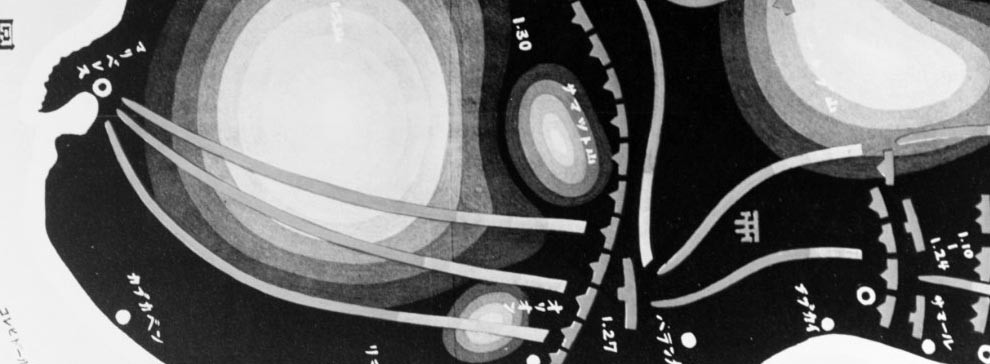
Battle of the Philippines
1941: December 8 to 1942: May 06: Battle of the Philippines
The Philippines were a strategic objective of the Japanese forces. The island's resources and the elimination of General Douglas A. MacArthur's Far Eastern Air Force were the prime objectives, thus allowing their expansion in the area without the fears of aerial attacks. Commanding the Asiastic Fleet in Manila was Admiral Thomas C. Hart, USN, who departed to Java in mid-January 1942. Replacing Hart's command would be the American-British-Dutch-Australian Command (ABDA), led by Dutch Admiral Conrad Helfrich, RNN. The Navy's warship presence to defend the islands consisted of the Asiatic Fleet (Task Force 5), commanded by Rear Admiral William A. Glassford, USN. Though the U.S. Navy force consisted of cruisers, an airplane tender, destroyers, and some oilers, along with twenty-nine submarines, they did not hamper the Japanese advance. Rear Admiral Glassford returned to the United States later that month, leaving Rear Admiral Francis W. Rockwell to command through the Battle of Bataan. General Douglas W. MacArthur, USA, departed on March 11, via torpedo boats, and General Jonathan W. Wainwright, USA, commanded the remaining American forces. Despite brave fighting at Corregidor, General Wainwright surrendered on May 6, ending the Philippine Campaign.
Image: NH 73521: Philippine Invasion, 1941-42. Japanese map of operations against the Bataan Peninsula, 1942. U.S. Naval History and Heritage Command Photograph.



